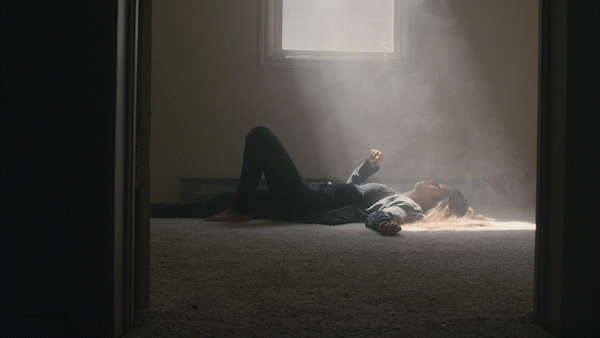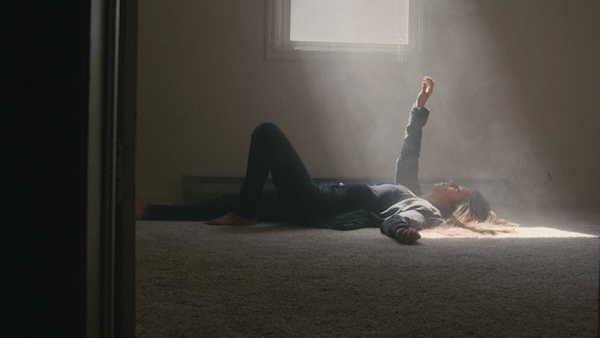
Filmpac Footage Contributor Program
Want to make money selling footage through a major stock footage platform like Filmpac? This page will walk you through the processs.
Continue ReadingIn addition to things like aperture and shutter speed, one of the most important camera settings (in both digital photography and with film cameras) to understand is ISO.
Tools such as exposure triangles can help beginners to understand the function of these settings and their impact on depth of field, amount of light, film speed, motion blur, etc.
In simple terms, an ISO number refers to your camera sensor’s ability to capture light. A lower ISO will result in a darker image, a higher ISO will result in a lighter image.
But this doesn’t mean that a high ISO setting is always better for a brighter image, or image quality in general.
In general, the higher your ISO setting, the more grainy and noisy your image will be (this is called digital noise). High ISO settings (such as ISO 1600 and above, some DSLRs and mirrorless cameras (such as those with a high dynamic range from Canon, Sony, Panasonic, and Nikon) can push well above ISO 3200 and ISO 6400) are typically only used in low light scenarios. Low ISO settings are typically used when filming in bright light conditions.


Most digital cameras will have a native, base ISO value, and you should try to stick as close to this camera’s sensitivity as possible for the correct exposure. In general, a modern digital camera will produce its best images with settings around ISO 200, ISO 400, and ISO 800. Anything below ISO 100 is uncommon for a digital sensor. Technically, 0 is the lowest ISO number possible.
But sometimes, if your other camera settings such as aperture, faster shutter speed, or frame rate are more important to correctly capture a scene and let in enough light (or less light), boosting the ISO (or using a different ISO than normal) to avoid dark images is worth it in low-light conditions.

But no matter what, it is worth knowing what your camera’s base ISO is, so you can shoot the best quality footage possible.
Kevin Graham is the Music Director at Filmpac.

Want to make money selling footage through a major stock footage platform like Filmpac? This page will walk you through the processs.
Continue Reading
By far, the two most common frame rates in modern American video editing and production are 24fps and 29.97fps. Here's the difference.
Continue Reading
There are 5 main types of camera movement. We break each of them down and show you how they can help you tell your stories better.
Continue Reading
If you’re a photographer or filmmaker, you’ve likely heard of The Rule Of Thirds. here's a guide on how to apply it and when to break it.
Continue Reading
Filmpac’s newly-designed Project Feature is a powerful tool for collaborative video editing. Here’s a quick rundown of how it works.
Continue Reading

One of the most difficult parts of being a professional filmmaker is effectively managing and budgeting your time.
Continue Reading
Want to make money selling footage through a major stock footage platform like Filmpac? This page will walk you through the processs.
Continue Reading